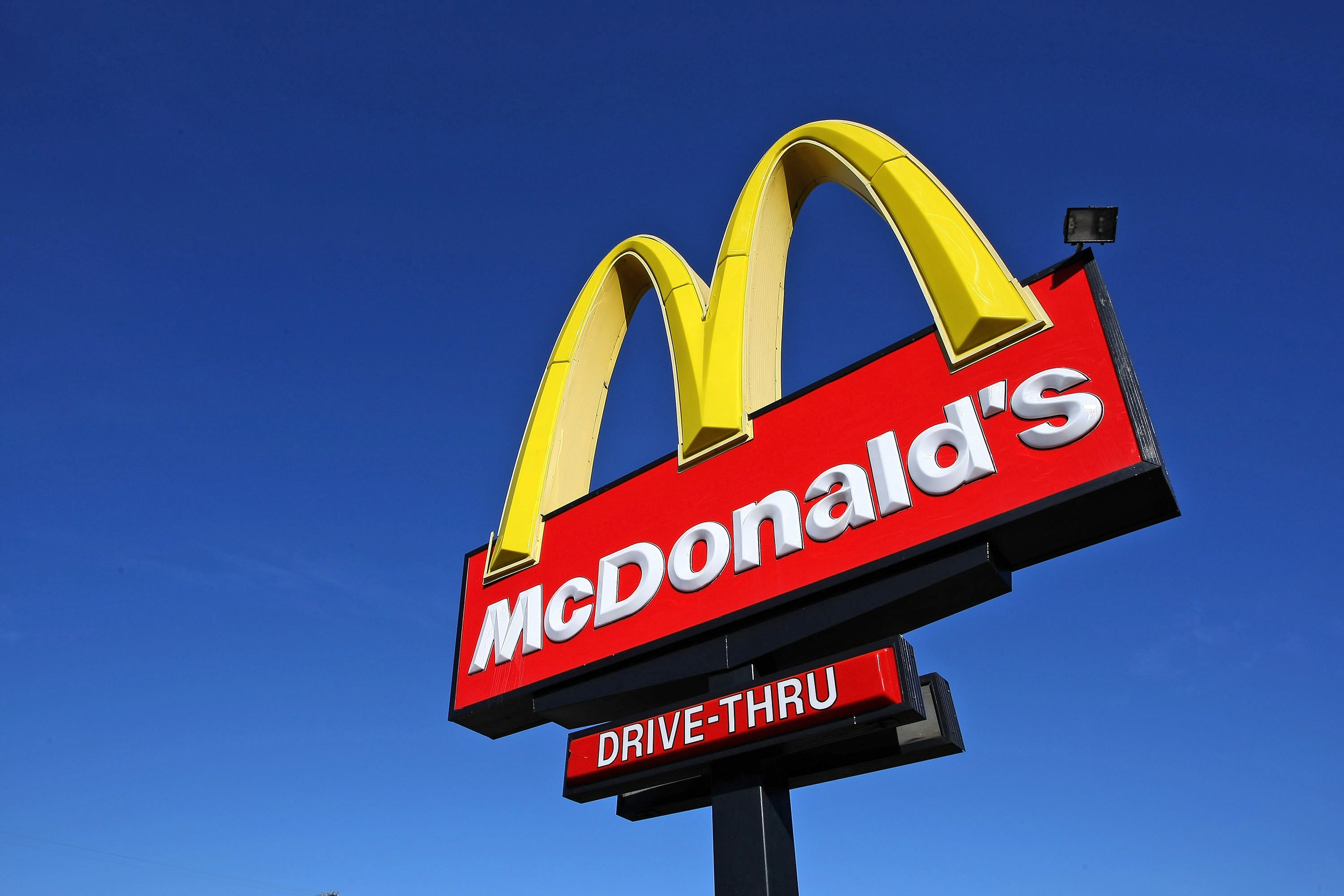MCDONALD’S – BUSINESS INSIGHT IN FAST FOOD INDUSTRY

BY DR. TANAI CHARINSARN
JUNE 30, 2016
"Big Companies: Strategies for Unavoidable Success"
The failures of giant companies like Kodak and Borders may lead us to wonder whether a large and well-established business can indeed adapt and survive. The answer is that everything in the world can change if we understand and handle situations with awareness and correctness. The large company I want to talk about today is one that many did not expect to make a remarkable comeback: McDonald's.
The service industry certainly relies on consistency. For instance, when we go to a hair salon, we want the hairdresser to maintain our usual hairstyle, provided they are skillful and capable. Unless we desire a change, we expect the same style every time.
McDonald's is no different. It used to be a large business that faced significant problems but managed to pull itself back to the top. For the past few decades, McDonald's has utilized a standardized process. They have turned their restaurants into what is essentially a factory with systems for both production and service. Most of what we commonly see at McDonald's is the result of this standardized production process, primarily located at the counters. This includes the use of automated fryers with a timed switch to ensure that the quality of the fries coming out is consistently golden, crispy, and aromatic, something that many customers appreciate.
McDonald's strategy of standardizing its business processes has proven to be effective. It has helped the business grow and become more profitable. Customers come and go, and there is a rapid turnover of staff members. Training employees to start working does not take much time, which contributes to the company's success over time.
Business involves both ups and downs.
The crisis period for McDonald's started in 2002, following the rapid and extensive expansion of the company's branches. Managing food quality consistently was no longer as easy as before. McDonald's service quality at that time significantly declined, dropping even below the standards of the U.S. Internal Revenue Service. This led to a decrease in sales per branch, and ultimately, McDonald's began facing financial losses for the first time.
The growing trend of health consciousness became a significant negative factor for McDonald's business. People began to define McDonald's as "junk food." McDonald's market share continued to decrease continuously. The business crisis persisted until 2004 when CEO Jim Cantalupo suddenly passed away due to heart failure while working at a Florida location. The company's image deteriorated further, with rumors that perhaps he consumed too many hamburgers. Even Charlie Bell, who took over as CEO after Jim Cantalupo, submitted his resignation after being diagnosed with cancer, and he passed away one month later. McDonald's image hit rock bottom, and the company seemed to be in a crisis it might not survive.
Additionally, the growth of competitors like Burger King, the popularity of Asian fried chicken brands like KFC, the health-conscious trend that introduced other fast food options like Subway, and various well-known pizza brands entering the market contributed to a growing number of players in the industry. However, McDonald's marketing and management teams did not do much to make the brand more appealing, apart from setting special menus and price promotions, which failed to attract consumers as expected. Consumers changed their behavior and started choosing other brands.
The arrival of the new CEO, Jim Skinner, was a turning point. Skinner had previously worked in McDonald's kitchens since his teenage years, although he did not have a college degree. However, he had a deep understanding of the operations of McDonald's. He was known for being a quiet and reserved person and even stated in interviews that he never imagined he would become the CEO. Nonetheless, due to the untimely deaths of both CEOs before him, Skinner assumed the role and excelled in it.
During his tenure, Skinner focused on understanding the heart of McDonald's restaurant business deeply. He knew that for the business to survive and thrive, the core operations, including the taste of food, cleanliness, and speed, had to meet the highest standards consistently.
Jim Skinner's Strategic Concepts: Back to Basic.
Jim Skinner began by managing the back-end operations, addressing issues in the kitchen systems of McDonald's. He found that McDonald's restaurant management was not efficient, and the extensive expansion had made the business more complex. This prompted a change in the direction of the business, and Skinner introduced a new perspective.
Increasing Customer Purchases: Skinner focused on increasing the volume of each customer's purchase when they visited. He achieved this by introducing new products within the restaurants. One notable example is the introduction of a dedicated beverage service area, McCafe. Additionally, new menu items like the Snack Wrap gained popularity in the global market.
Strengthening Bargaining Power in Sourcing: Skinner aimed to reduce the company's costs. He introduced the concept of a product platform, which made it convenient to manage the business. For example, he created a Chicken platform for various chicken-based products, including chicken nuggets and chicken burgers. This approach simplified negotiations with suppliers and enhanced bargaining power.
Adapting to Local Markets: While McDonald's had become a global business with uniform menu items, Skinner realized the importance of adapting to local markets. He allowed each country more freedom to design their own menus as long as they maintained cost control, quality, and standardized production processes similar to the main menu. This change made local customers more interested in McDonald's and increased their preference.
Outpacing Competition: In 2011, data from Technomic estimates revealed that McDonald's was the world's largest fast-food restaurant, leading in terms of market share and revenue per outlet, outpacing competitors like Starbucks.
These key changes indicate the real success of McDonald's. Despite past management challenges, resistance to health-conscious food trends, and competition, Jim Skinner's abilities, beliefs, and vision transformed McDonald's into a global giant leading the fast-food industry with no close contenders.
